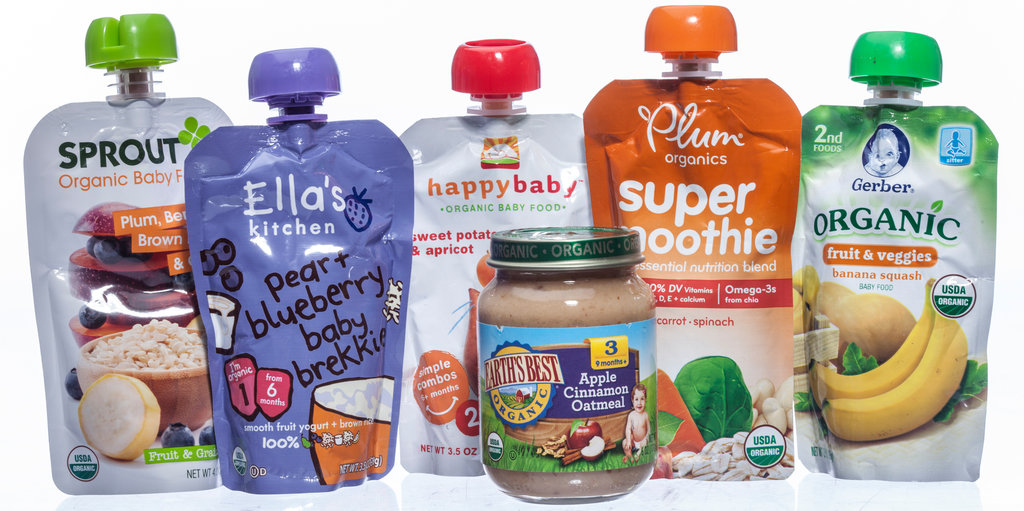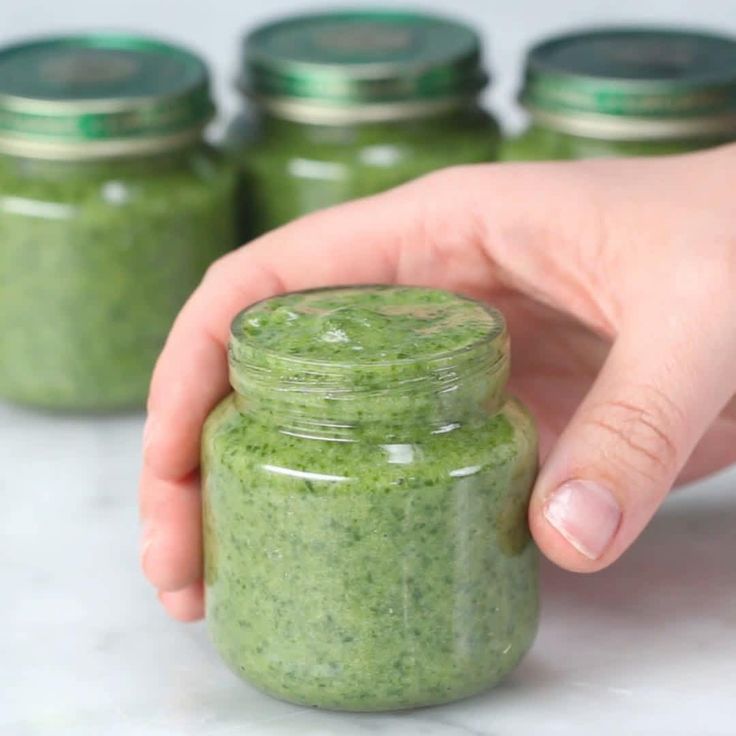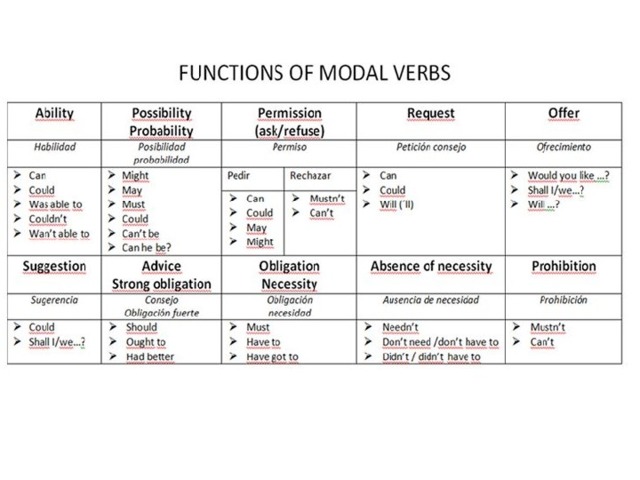3Years old baby food chart
Sample Daily Menu for a 3-Year-Old Child
Print & Share
Looking for a sample menu for a 3-year-old to take the guesswork out of feeding your preschooler? Look no further!
All moms want to give their kids the best nutrition throughout the day, but knowing how to do that without giving into quick fixes of empty calories can be challenging, at times. Now that your child is three, he should be able to comfortably navigate many of the same foods you eat. The key is to give him smaller portion sizes at meals and snacks throughout the day to fuel his high energy needs. Read on for some tips for feeding your preschooler, as well as a daily menu for a 3-year-old that guides you in food selections and portion size. Use it as a rule of thumb while still letting your preferences and child’s appetite be the guide!
Things to Know About Feeding 3-Year Olds
- Compared to infancy or the toddler years, 3-year olds have smaller stomachs and lower energy needs relative to their size.
- They tend to get full on a small amount of food. Allow them to follow their hunger/satiety cues.
- At this age, they are not swayed by portion sizes of healthy foods and stop eating when full. But new research shows that when 3-year-olds are given foods high in sugar, fat, and salt, they can over-eat, so portion control these foods and let your child follow hunger cues of more healthful foods.
Foods to Choose
- At two years of age, it’s time to switch to skim or 1% milk. Fat can come from other sources like olive oil, nuts, and occasional full-fat cheeses.
- Strive to make half your grains whole. Get your kids started on whole grains early in life to boost vitamins, minerals, and plant-based nutrients! Children need a balance of nutrients but don’t need to get every nutrient at every meal—or even every day. Look at the big picture, offer a variety of foods, and make meals pleasant by focusing on family, not food.
- Since their small stomachs don’t allow them to eat big portions, they need foods that pack in a lot of nutrients.
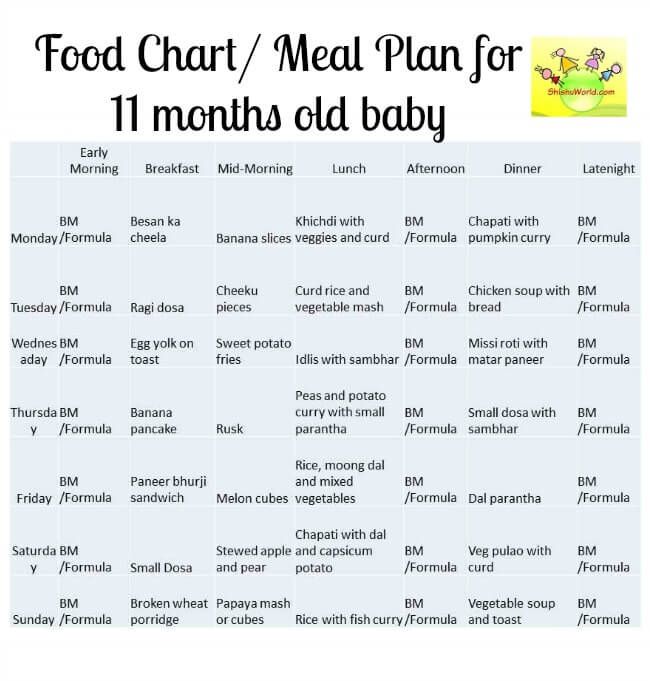 Foods like sweet potatoes and nuts are full of essential nutrients and give your child lots of energy.
Foods like sweet potatoes and nuts are full of essential nutrients and give your child lots of energy.
Feeding Tips
- Plan regular meals and snacks with a variety of foods, and let children eat how much or how little they want. Offering regular, planned meals can keep you from becoming a short-order cook and your child from becoming a picky eater.
- Eat with your child and model positive eating, from table manners to enjoying food; focus on enjoying family meals together, not what your child is or isn’t eating.
- Make sure to offer foods in different sizes, shapes, textures, and temperatures.
- Have your 3-year old help out in the kitchen. Helping to cook by stirring pancake batter or count vegetables for a recipe, and helping to clean up by wiping tables develops useful skills and a sense of accomplishment. Many preschool ages kids can use a plastic knife to help cut bread or softer vegetables, like squash.
- Bring foods to the table in serving bowls and have your preschooler serve himself or ask him how much he wants on his plate if you serve it to him.

General Guidelines for Portion Sizes and Food Groups
These are general guidelines, but your child might eat more or less depending on his hunger and activity level. Although you should aim to make fruits and vegetables a part of each meal, remember whole grains, protein, and fat are all necessary parts of any diet, including your growing childs’. Follow his hunger cues and remember, children of this age fill up quickly, so don’t be afraid to provide nutrient-dense foods in a rainbow of colors. Steer clear of overly rigid definitions of “healthy”—3-year olds are not little adults!
Sample Daily Menu for a 3-Year-Old:
| Meal | Food | Servings from Food Groups |
| Breakfast |
|
|
| Snack |
|
|
| Lunch |
|
|
| Snack |
|
|
| Dinner |
|
|
| Snack |
|
|
* Many stores sell sweet potato fries that you can easily reheat in the oven. Check the ingredient list and steer clear of brands with lots of junky fillers. Or, make your own with this easy recipe.
** This is just a rough guideline—when your child is hungrier, you’ll probably see this amount go up!
The active child of this age needs between 1200 and 1600 calories. This plan is based on the food group breakdown for 1400 calories.
This plan is based on the food group breakdown for 1400 calories.
| Calories | 1423 kcals |
| Fat | 61 g |
| Protein | 53 g |
| Carbohydrate | 176 g |
| Fiber | 24 g |
Sign Up For Our Newsletter!
First Name
Last Name
I am a
ParentSchool
By providing your email address you're agreeing to our privacy policy. We never sell or share your email address. Check the box to agree.
Check the box to agree.
Similar Articles You May Like...
About the Author
Kerri-Ann Jennings, MS, RD
Kerri-Ann is a registered dietitian nutritionist who specializes in adult, child and adolescent weight loss, and wellness counseling, and lives in Vermont. Kerri-Ann empowers people to make healthy changes that last. Through writing, teaching, and nutrition coaching, she helps individuals get healthier in a way that's fun, not forced. She likes pretty much all whole foods, but is partial to kale, coffee, black beans, pie and peanut butter (not necessarily all in the same meal).
PrevPreviousThe Truth About Trans Fat
NextRethink That DrinkNext
Our Mission
We help grow healthy kids, families and communities to create healthier generations!
My Other Hangout
Recognized as a pediatric nutritionist, Melissa also has 20+ years of counseling adults, inspiring them to live their best life at Melissa’s Healthy Living.
Get Inspired
As Seen In
Facebook Twitter Youtube Pinterest Instagram
© 2023 SuperKids Nutrition Inc. All Rights Reserved.
Website Powered by WP In The Cloud
We work with registered dietitians and nutrition scientists to provide nutrition education and healthy eating tips to help create future healthier generations through good nutrition. SuperKids Nutrition does not provide medical advice, medical nutrition therapy, diagnosis or treatment. See additional information.
SuperKids Nutrition logo, Super Crew logo and all other SuperKids Nutrition Inc. marks contained herein are trademarks of SuperKids Nutrition Inc.
Sample Meal Plan for Feeding Your Preschooler (Ages 3 to 5)
Many dietitians offer services virtually and they are covered by most employee health benefit plans.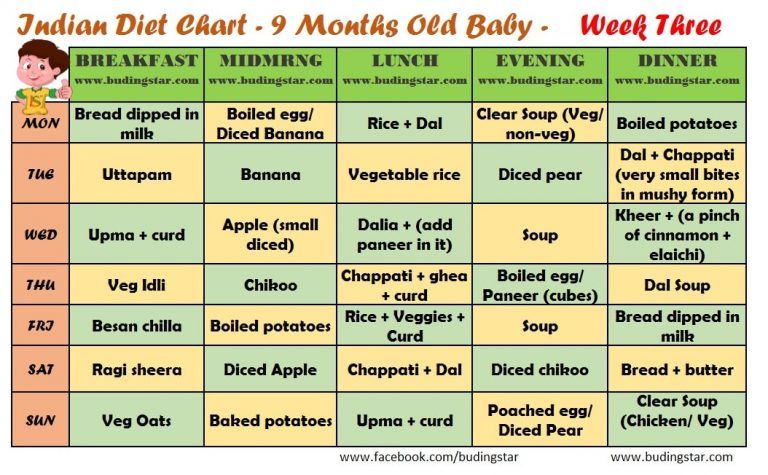 Find a dietitian here.
Find a dietitian here.
Need some ideas to feed your preschooler? Use these sample meal plans and tips on healthy eating to help you feed your little one.
What should I feed my preschooler?
Preschoolers between the ages of 3 and 5 are able to eat a variety of healthy foods. Offer your child the same foods that the rest of the family eats. Offer foods with different tastes, textures and colours according to Canada’s Food Guide.
How much should my preschooler eat?
Let your child decide how much to eat from the foods you offer. Do not force your child to eat or restrict the amount of food you allow them to eat. Some days they might eat more. Some days they might eat less. A child’s appetite can change from day to day.
Use the sample meals below as general guidelines only. Plan meals and snacks around the same time each day so your child will be hungry when it’s time to eat.
Sample Meals for Preschoolers: 3 to 5 years old
Sample Menu 1
|
Breakfast |
Mini mushroom omelettes or breakfast cups |
|
Morning Snack |
Quark and berries parfait |
|
Lunch |
Cream of parsnip and carrot soup |
|
Afternoon Snack |
Apple slices with nut butter or cheddar cheese |
|
Dinner |
Mini meatballs |
|
Bedtime Snack |
Granola and fruit bites |
Sample Menu 2
|
Breakfast |
Oatmeal pancakes with apple sauce |
|
Morning Snack |
Yogurt and fruit smoothie |
|
Lunch |
Tuna grilled cheese or mini sandwiches on multigrain bread or whole wheat crackers |
|
Afternoon Snack |
Hummus with raw vegetables (carrots, celery sticks, red pepper slices) baked tortilla chips or whole wheat pita bread |
|
Dinner |
Tofu vegetable stir fry with brown rice |
|
Bedtime Snack |
Chocolate and almond bliss bars |
Children and high mercury fish
For children between one and four years of age limit frozen/fresh tuna, shark, swordfish, marlin, orange roughy and escolar to 75 grams per month. These fish contain high levels of mercury. Young children between five and 11 years of age can have up to 125 grams of these large, predatory fish per month.
These fish contain high levels of mercury. Young children between five and 11 years of age can have up to 125 grams of these large, predatory fish per month.
For children between one to four years of age limit albacore (“white”) canned tuna to 75 grams per week. Young children between five and 11 years of age can consume up to 150 grams or albacore (“white”) tuna per week. Albacore ("white") canned tuna has more mercury than canned light tuna.
Tips for feeding your preschooler (3 to 5 years)
- Let your child decide what and how much to eat from the foods your offer. Continue to offer a variety of familiar foods and new foods at each meal.
- Always supervise your child while eating. Cut foods into bite size pieces to avoid choking.
- You can switch from full fat milk (3.25%) to skim, 1% or 2% milk. Fortified soy, rice, almond or coconut beverages can also be introduced at this age. Use this chart to see the nutrients in different milks and beverages.

- Offer water between meals. Sipping on milk or juice between meals can decrease appetite. If you give your child juice, offer 100% fruit juice and limit it to 4 - 6 oz (125-175 mL) a day.
- Eat meals and snacks prepared at home more often. Prepare healthy homemade recipes. Try chicken tacos, vegetarian chili and fruit and oatmeal muffins.
Bottom Line
It is normal for young children to refuse to eat new foods, change their minds about foods they ate before, or want the same food every day. Continue to have meals and snacks at the same time each day and include a variety of foods.
Continue to offer food without pressure. You are responsible for what foods are offered, when and where. Your child is responsible for if they eat and how much.
If you have questions or concerns, talk to your health care provider or dietitian.
You may also be interested in:
How to Build a Healthy Preschooler (3 to 5 years)
Picky Eating: 10 Fun Tips to Get Kids to Try New Foods
Cooking with Kids of Different Ages
Last Update – May 16, 2022
Union of Pediatricians of Russia
Nutrition for children from 1 to 3 years of age
The period from 1 to 3 years of life is a crucial stage in the transition to an adult type of nutrition, which has certain features.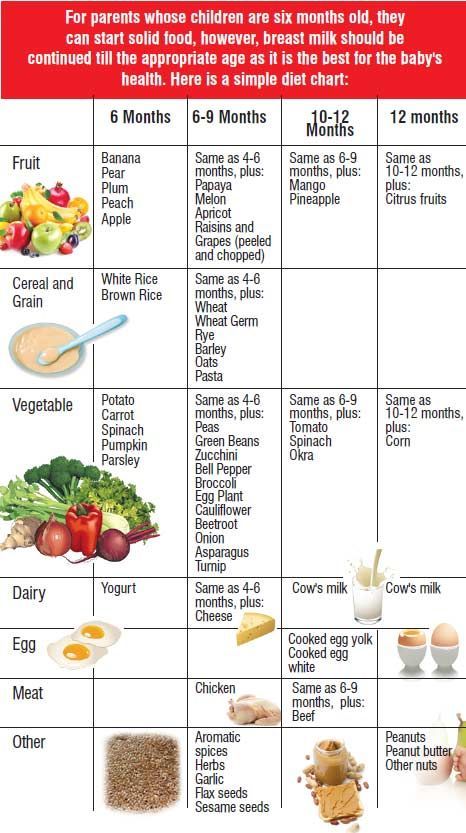 In order to ensure that all the necessary nutrients enter the child's body and at the same time prevent an excess of individual nutrients, nutrition should be balanced and varied. nine0003
In order to ensure that all the necessary nutrients enter the child's body and at the same time prevent an excess of individual nutrients, nutrition should be balanced and varied. nine0003
The daily amount of food for children aged 1 to 1.5 years should be 1000-1200 g, from 1.5 to 3 years - 1200-1500 g, the amount of food in one feeding should not exceed 300-350 ml. The diet consists of three main meals per day and two snacks. It is considered optimal when breakfast is 25% of the total energy density of the diet, lunch is 30–35%, dinner is 20%, and additional meals are about 10%. In general, the child can eat the same food as the rest of the family. nine0003
In the diet of a child of 1–3 years of age , must be present daily: meat of animals or poultry, dairy and sour-milk products, vegetables, fruits, bread, cereals, vegetable and butter; fish and eggs are included in the diet 2-3 times a week.
Cereal products: bread - 2-3 servings per day, cereals and side dishes - 1 time per day
Fruit and/or vegetables: at least 5 times a day
Dairy products: at least 3 servings per day (including those used to make cereals, yoghurts, fermented milk drinks, cottage cheese, infant formula or breast milk). nine0003
nine0003
Domestic pediatricians recommend, when compiling a diet for children aged 1–3 years, preference should be given to specialized children's dairy products of industrial production that meet high quality requirements and safety indicators for this age. Most children's dairy products are additionally enriched with vitamins and/or minerals and other biologically active components, taking into account the physiological needs of children of this age. At the same time, in foreign recommendations, children over 1 year old are offered the gradual introduction of whole cow's milk, which is rich in fats necessary for proper growth and development, the absorption of vitamins A and D, the development of the child's brain and nervous system. nine0003
Meat dishes: 2-3 times a day
Fish dishes: 2-3 servings per week
Eggs: 2-3 per week
Dietary fats: 3-4 teaspoons of butter and/or vegetable oils per day
When cooking, use the minimum amount of salt and sugar, and do not add them to industrial products.
Offer your child a variety of foods and let them choose for themselves. Children love to eat on their own, so if possible, offer food that the child can eat with their hands. nine0003
It is important to remember that a baby can choke on pieces of food, so whatever you give your baby should be crushed or cut into small pieces that can be easily chewed.
Do not give to a small child: nuts, whole grapes, cherry tomatoes (unless quartered), whole carrots, seeds (such as pumpkin or sunflower seeds), round candies, legumes, raisins, because a child can eat them choke.
Also in the diet of children of the first 3 years of life should not be present:
Mushrooms; canned snacks, pickled vegetables and fruits
Home canned food
Dry concentrates for side dishes
Hot sauces, mustard, horseradish, pepper, vinegar, mayonnaise
Natural coffee
Juices and drinks in the form of dry concentrates; sweet carbonated drinks
Products containing food additives (flavorings, dyes of artificial origin, including chewing gum), popcorn
Combined fats; cakes and pastries
It is important to remember that children of this age should not be given too spicy and spicy foods.
how to feed a child aged 3-7 years - "Healthy Child Internet Cabinet"
Nina Anatolyevna Toritsyna
Chief Children's Dietitian of the Health Department of the Administration of Yekaterinburg
From birth, the baby, along with food, receives useful substances that form his immunity and ensure normal development. At preschool age, proper nutrition is also very important for the child to endure school loads in the future comfortably, be healthy and active. nine0003
Most children aged 3 to 7 spend most of their time in kindergarten, which is responsible for organizing a balanced diet in accordance with age. It is also necessary to observe the principles of rational nutrition at home:
Important: strict adherence to the diet!
- the menu should be varied;
- nutrition should supply the child's body with energy, trace elements, vitamins and other useful substances; nine0072
- food must be properly handled and prepared (boiled, steamed, stewed, baked).

In order for the child to grow up active, mobile and healthy, it is important for parents to provide his menu with the main useful substances and monitor the sufficient number of calories :
| 3 years | 4-6 years | 7 years | Where are kept |
| Proteins | Animal proteins: meat, fish, milk and dairy products, eggs. Vegetable proteins: bread, cereals, legumes, vegetables | ||
| Fats nine0088 | Butter and vegetable oil, milk and dairy products, meat, fish | ||
| Carbohydrates | Sugar, fruits, confectionery |
In addition to the above useful substances, the child should receive trace elements and minerals . They are responsible for the proper development and functioning of the whole organism. nine0003
They are responsible for the proper development and functioning of the whole organism. nine0003
Table of the average daily norm of the physiological need of the body for the main micro and macro elements
| Title | Function | Source (products containing the element) nine0006 | Daily allowance for children 3-7 years old |
| Calcium | Formation of bones and teeth, blood coagulation systems, processes of muscle contraction and nervous excitation. Normal heart function. | Milk, kefir, fermented baked milk, yogurt, cheese, cottage cheese. nine0003 | 800-1100 mg |
| Phosphorus | Participates in the construction of bone tissue, the processes of storage and transmission of hereditary information, the conversion of the energy of food substances into the energy of chemical bonds in the body. | Fish, meat, cheese, cottage cheese, cereals, legumes. nine0003 | 800-1650 mg |
| Magnesium | Synthesis of protein, nucleic acids, regulation of energy and carbohydrate-phosphorus metabolism. | Buckwheat, oatmeal, millet, green peas, carrots, beets, lettuce, parsley. | 150-250 mg nine0003 |
| sodium and potassium | They create conditions for the emergence and conduction of a nerve impulse, muscle contractions and other physiological processes in the cell. | Table salt is sodium. Meat, fish, cereals, potatoes, raisins, cocoa, chocolate - potassium. | Not exactly established nine0003 |
| Iron | A component of hemoglobin, the transport of oxygen in the blood. | Meat, fish, eggs, liver, kidneys, legumes, millet, buckwheat, oatmeal. | 10-12 mg |
| Copper nine0003 | Necessary for normal hematopoiesis and metabolism of connective tissue proteins. | Beef liver, seafood, legumes, buckwheat and oatmeal, pasta. | 1 - 2 mg |
| Iodine | Participates in the construction of thyroid hormone, provides physical and mental development, regulates the state of the central nervous system, cardiovascular system and liver. nine0003 | Seafood (sea fish, seaweed, seaweed), iodized salt. | 0.06 - 0.10 mg |
| Zinc | Essential for normal growth, development and puberty. Maintaining normal immunity, sense of taste and smell, wound healing, absorption of vitamin A. nine0003 | Meat, ryaba, eggs, cheese, buckwheat and oatmeal. | 5-10 m |
A sufficient amount of vitamins in the daily diet of children is the key to the proper functioning of all vital processes.
Vitamins are practically not synthesized by the body itself, so parents must always control that they are supplied to the child in sufficient quantities with food. At the same time, their insufficient amount can cause a number of diseases. nine0003
Table of the average daily norm of the physiological need of the body for basic vitamins
| Title | Function | Foods containing the vitamin nine0006 | Daily allowance for children 3-7 years old |
| B vitamins | |||
| IN 1 | Necessary for the normal functioning of the nervous system, cardiac and skeletal muscles, organs of the gastrointestinal tract. | Wholemeal bread, cereals, legumes (peas, beans, soybeans), liver and other offal, yeast, meat (pork, veal). | 0.8 - 1.0 mg |
| IN 2 | Maintains the normal properties of the skin, mucous membranes, normal vision and blood formation. | Milk and dairy products (cheese, cottage cheese), eggs, meat (beef, veal, poultry, liver), cereals, bread. | 0.9 - 1.2 mg |
| AT 6 | Supports the normal properties of the skin, the functioning of the nervous system, hematopoiesis. | Wheat flour, millet, liver, meat, fish, potatoes, carrots, cabbage. nine0003 | 0.9 - 1.3 mg |
| AT 12 | Supports hematopoiesis and normal functioning of the nervous system. | Meat, fish, offal, egg yolk, seafood, cheese. | 1 - 1.5 mcg |
| nine0088 | |||
| PP (niacin) | Functioning of the nervous, digestive systems, maintaining normal skin properties. | Buckwheat, rice groats, wholemeal flour, legumes, meat, liver, kidneys, fish, dried mushrooms. | 10-13 mg |
| Folic acid nine0003 | Hematopoiesis, body growth and development, protein and nucleic acid synthesis, prevention of fatty liver. | Wholemeal flour, buckwheat and oatmeal, millet, beans, cauliflower, green onions, liver, cottage cheese, cheese. | 100-200 mcg |
| FROM nine0088 | Regeneration and healing of tissues, maintaining resistance to infections and the action of poisons. Hematopoiesis, permeability of blood vessels. | Fruits and vegetables: rose hips, black currants, sweet peppers, dill, parsley, potatoes, cabbage, cauliflower, mountain ash, apples, citrus fruits. | 45-60 mg |
| A (retinol, retinal, retinoic acid) nine0003 | Necessary for normal growth, development of cells, tissues and organs, normal visual and sexual function, ensuring normal skin properties. | Liver of marine animals and fish, liver, butter, cream, sour cream, cheese, cottage cheese, eggs, carrots, tomatoes, apricots, green onions, lettuce, spinach. | 450-500 mcg |
| D | Participates in the processes of calcium and phosphorus metabolism, accelerates the process of calcium absorption, increases its concentration in the blood, provides deposition in the bones. | Butter, chicken eggs, liver, liver fat from fish and marine animals. | 10-2.5 mcg |
| E | Antioxidant, supports the work of cells and subcellular structures. | Sunflower, corn, soybean oil, cereals, eggs. | 5-10 mg |
Thus, the diet of a preschool child should include all food groups. nine0003
Diet
It is best to make a menu for a child a few days in advance, so parents can make sure that it turns out to be varied and contains the necessary nutrients.
Here is a sample menu for children from 3 to 7 years old for week :
| Day of the week | Breakfast | Lunch | Dinner | afternoon tea | Dinner nine0006 | Second dinner |
| Monday | Buckwheat porridge with milk | Juice or fruit | Salad | Kefir | Carrot-apple casserole | Fermented milk product |
| Tuesday | Fish baked with vegetables | Juice or fruit | Vitamin salad | Milk | Curd casserole | Fermented milk product |
| Wednesday | Milk rice porridge | nine0002 Juice or fruit | Beet-apple salad | Yoghurt | Omelet | Fermented milk product |
| Thursday | Macaroni with grated cheese | Juice or fruit | Green pea salad | Tea | Vegetable stew | Fermented milk product |
| Friday nine0003 | Herculean milk porridge | Juice or fruit | Carrot-apple salad | nine0002 Ryazhenka Cookies Fruit | Cottage cheese pancakes with sour cream | Fermented milk product |
| Saturday | Barley milk porridge | juice or fruit | Cabbage-apple salad | Kefir | Fritters (pancakes) with jam | Fermented milk product |
| Sunday | Fish in Polish | Juice or fruit | Carrot salad | Milk | Vegetable casserole | Fermented milk product |
nine0003
How to teach a child the correct behavior at the table?
From the age of 3, it's time to teach the baby to behave properly at the table.

 peanut butter
peanut butter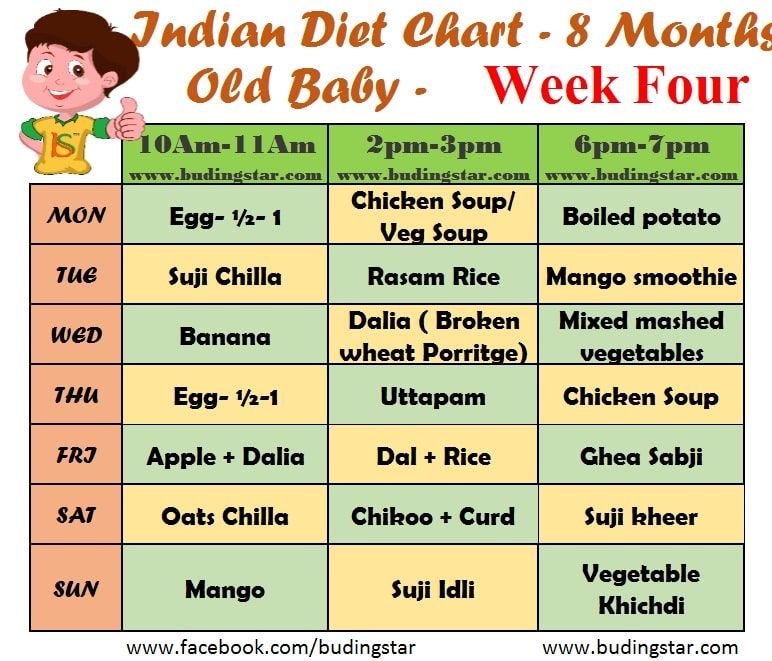 meat/beans)
meat/beans) Maintains acid-base balance in the blood.
Maintains acid-base balance in the blood.  Quince, figs, dogwood, peaches, blueberries, rose hips, apples.
Quince, figs, dogwood, peaches, blueberries, rose hips, apples. 
 Participates in carbohydrate metabolism.
Participates in carbohydrate metabolism. 





